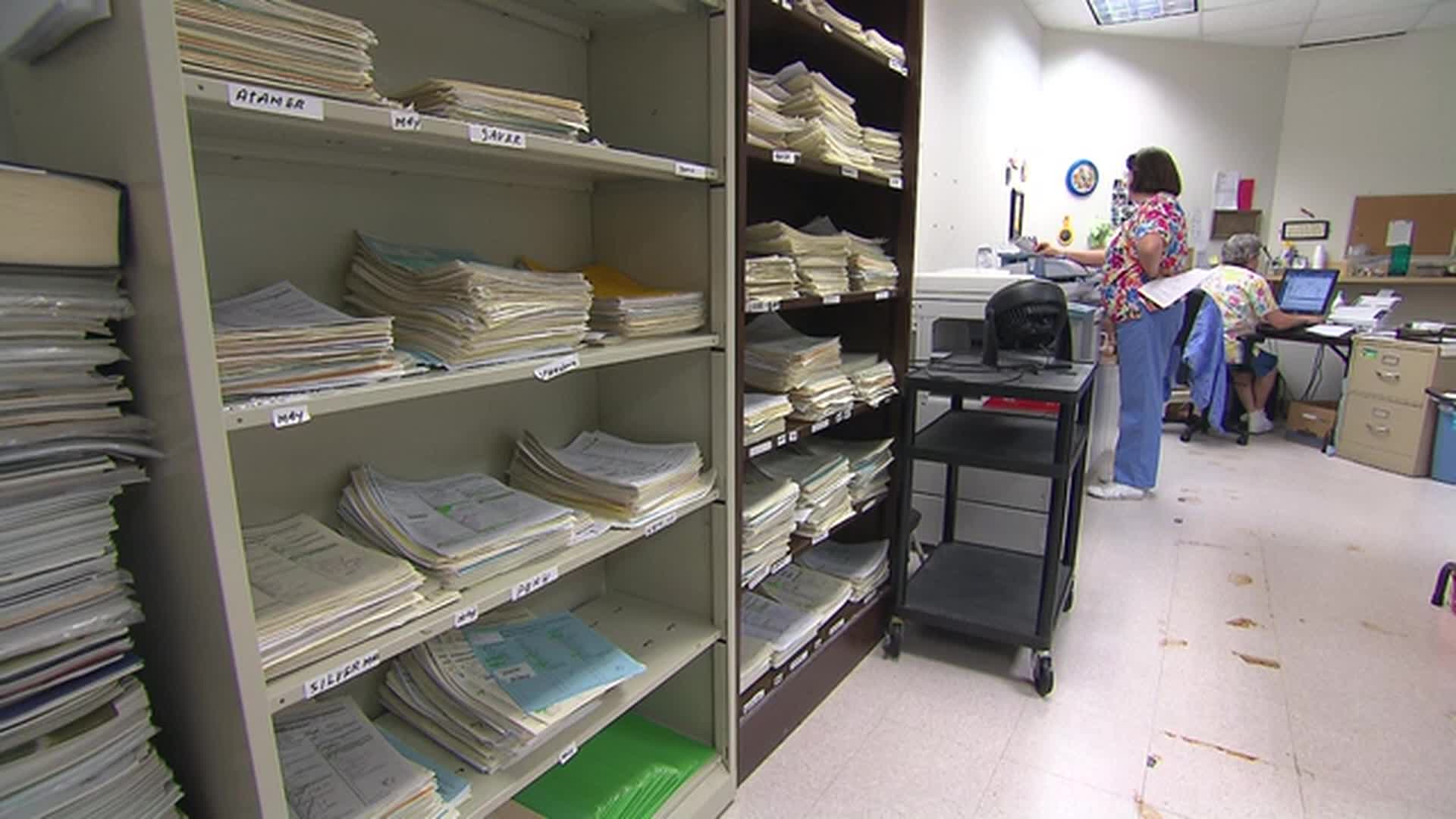Digitization continues to reshape the global economy, blurring industry lines and redefining operational paradigms. As of 2025, several sectors have pushed the frontiers of digital transformation, harnessing emerging technologies to optimize processes, enhance customer experience, and create innovative business models. Exploring which sectors stand at the forefront of digitization reveals key drivers, practical implementations, and transformative impacts on businesses and society.
Financial Services: Leading the Way in Digital Integration
The financial sector remains an undisputed leader in digital innovation. By 2025, traditional banking, insurance, asset management, and fintech firms are leveraging advanced technologies at unprecedented scales. Artificial intelligence automates complex risk assessments, fraud detection, and customer service. Blockchain is widely adopted for transparent, secure transactions and smart contracts.
Consider JP Morgan Chase’s AI-powered trading desks or Revolut’s personalized money management app, both exemplifying operational agility and tailored user experience. Insurtech startups such as Lemonade employ machine learning for instant claims processing, while robo-advisors democratize wealth management. Regulatory technologies (regtech) further streamline compliance through real-time monitoring and reporting.
Financial institutions have implemented biometric verification and digital client registration, streamlining processes and boosting protection. Digital currencies and Central Bank Digital Currencies (CBDCs) are moving from experimental phases to widespread national deployment, highlighting the financial industry’s role as a leader in digital innovation.
Healthcare: Digitization Driven by Necessity and Innovation
The healthcare industry experienced significant digital transformation, propelled by worldwide health emergencies and continuous technological advancements. Telehealth, which saw a rapid increase during the COVID-19 pandemic, is now a common method for delivering care, incorporating AI-powered diagnostic tools and distant patient observation.
The proliferation of electronic health records (EHRs), interoperability standards, and secure cloud storage enhances collaborative care across institutions. Wearable devices—like Apple Watch and Fitbit—enable continuous health tracking, providing real-time data for preventive interventions and personalized treatments.
Pharmaceutical companies increasingly employ digital twins for drug development, reducing time to market and improving trial accuracy. Robotics and computer-assisted surgery boost precision, while virtual reality (VR) trains medical professionals via immersive simulations. Diagnostic imaging powered by machine learning detects diseases earlier and more accurately, reshaping patient outcomes.
Retail and E-commerce: A Digital-First Approach
The retail sector, encompassing both physical and digital storefronts, has emerged as a proving ground for technological advancements. Omni-channel approaches integrate online sales channels with traditional retail locations, ensuring smooth inventory management and customized purchasing journeys. Artificial intelligence-powered recommendation systems, conversational agents, and flexible pricing structures are employed to enhance conversion rates.
Payment methods that offer a smooth experience, like mobile wallets and buy-now-pay-later (BNPL) options, streamline the checkout process. Augmented reality (AR) allows consumers to preview items in their personal surroundings prior to buying them—IKEA’s Place application and Sephora’s Virtual Artist stand as prime illustrations of this capability.
Supply chain management leverages Internet of Things (IoT) sensors and blockchain for real-time tracking of goods, increasing transparency and reducing losses. Voice commerce (via smart speakers) and social commerce (shopping directly on social platforms like Instagram) further illustrate the digital permeation of retail operations.
Manufacturing and Industry 4.0: The Smart Factory Revolution
The manufacturing sector has been revolutionized by the tenets of Industry 4.0. Intelligent factories incorporate IoT sensors, robotics, edge computing, and AI-powered analytics to oversee production lines, anticipate equipment malfunctions, and enhance resource distribution.
Siemens’ Amberg Electronics Plant exemplifies this trend, boasting over 75% of total production processes automated and digitally monitored. Digital twins simulate and test machinery in virtual environments, enhancing efficiency and minimizing downtime.
Additive manufacturing (3D printing) supports rapid prototyping and localized production, shrinking supply chains and reducing costs. Augmented reality assists technicians with real-time visual guidance during maintenance or assembly. These digital strategies enable manufacturing firms to switch production seamlessly, adapting to changing demands and market shocks.
Education: Digital Learning Ecosystems and Adaptive Technologies
The education sector’s digital metamorphosis is defined by accessibility, personalization, and interactivity. E-learning platforms, such as Coursera and Khan Academy, provide universal access to quality education, breaking geographical and socioeconomic barriers.
Institutions adopt learning management systems (LMS) that support asynchronous and synchronous learning. Artificial intelligence personalizes curriculums, detects knowledge gaps, and offers targeted resources. Virtual reality immerses students in experiential learning, enabling hands-on exploration of science, history, or professional skills.
Proctoring software employs facial recognition and behavioral analysis to uphold the integrity of online assessments. Open educational resources and micro-credentials promote continuous learning and flexibility for contemporary workforces, solidifying the digital evolution of education.
Energy and Utilities: Data-Driven and Decentralized
The energy and utilities industries have hastened their digital transformation to support sustainable operations and robust infrastructures. Intelligent grids examine consumption data in real-time, harmonize supply and demand, and enable the smooth incorporation of renewable energy sources.
IoT-enabled meters and predictive maintenance algorithms extend asset lifespans and minimize downtime. Decentralized energy solutions—such as peer-to-peer energy trading platforms—empower prosumers and optimize grid efficiency. Digital twinning in the oil and gas industry enhances forecasting and asset management, while automated drones inspect pipelines and power lines, reducing labor costs and human risk.
Electric vehicle charging networks utilize digital platforms for integrating payments, checking station availability, and planning routes, highlighting the industry’s adoption of digital solutions.
Government and Public Services: E-Government Becomes the Norm
By 2025, the digitization of the public sector had achieved unprecedented levels. Governments are deploying e-service platforms for various functions such as taxation, licensing, voting, and welfare initiatives, thereby streamlining administrative processes and boosting transparency. Estonia’s extensive e-Residency scheme enables entrepreneurs worldwide to utilize digital government services, setting a precedent for other countries.
AI-powered chatbots handle citizen queries, while blockchain secures voting systems and contracts. Open data initiatives foster civic tech innovation and policy transparency. Crisis management platforms aggregate real-time data to inform rapid response strategies, including pandemic management and disaster recovery.
Transportation and Mobility: The Age of Intelligent and Interconnected Mobility
Transportation becomes increasingly digital through connected vehicles, real-time logistics, and seamless mobility-as-a-service (MaaS) offerings. Autonomous vehicles—supported by companies like Waymo and Tesla—rely on complex AI systems for navigation, safety, and fleet optimization.
Smart traffic management systems predict congestion and dynamically adjust signals. Ride-sharing platforms, bike rentals, and micro-mobility services are integrated through unified digital payment and navigation ecosystems. Blockchain secures logistics chains, while predictive analytics optimize fleet maintenance and reduce carbon footprints, reflecting the sector’s pervasive digitization.
The Digital Maturity Landscape in 2025
Upon examining the most digitized industries by 2025, several key trends become apparent: the widespread integration of artificial intelligence and machine learning, the omnipresence of interconnected devices, the application of real-time data, and an emphasis on digital experiences centered around the customer. Leading sectors such as finance, healthcare, retail, manufacturing, education, energy, government, and transportation are not only fostering innovation within their own fields but also establishing standards for inter-industry cooperation and societal advancement.
Digital maturity is less about isolated technology adoption and more about integrated strategies that foster resilience, agility, and inclusivity. As the digital landscape evolves, these sectors continue to shape and redefine economic and social possibilities on a global scale.





